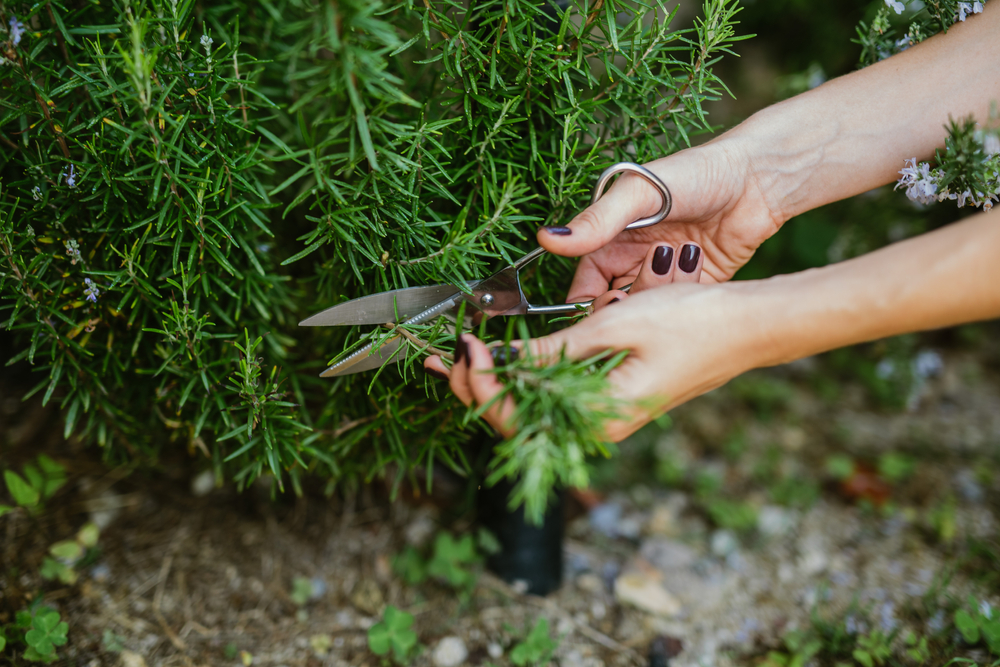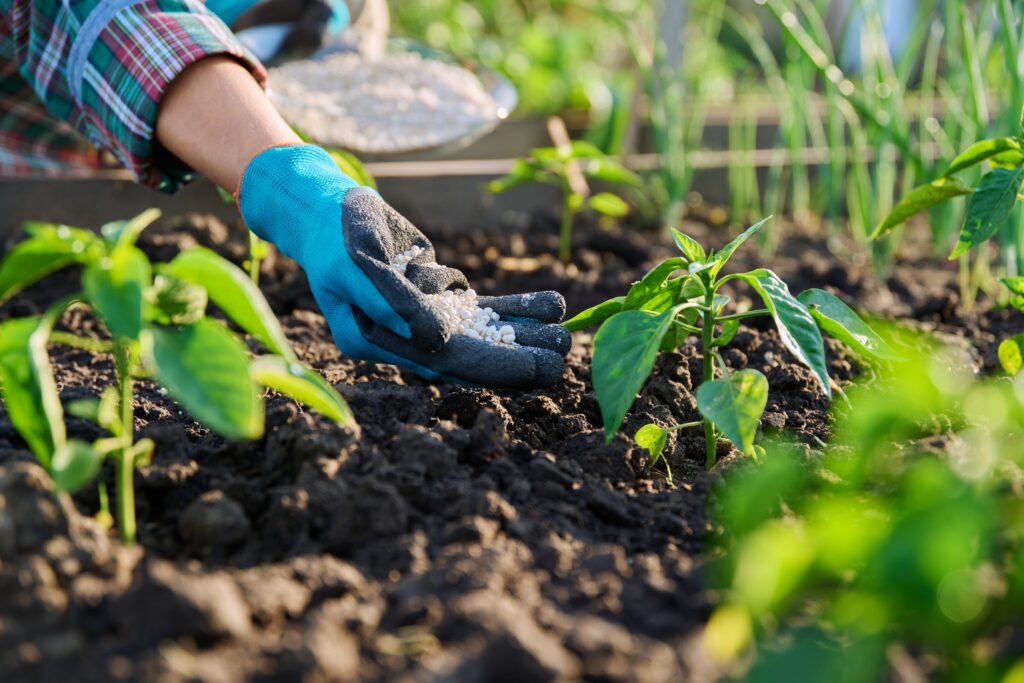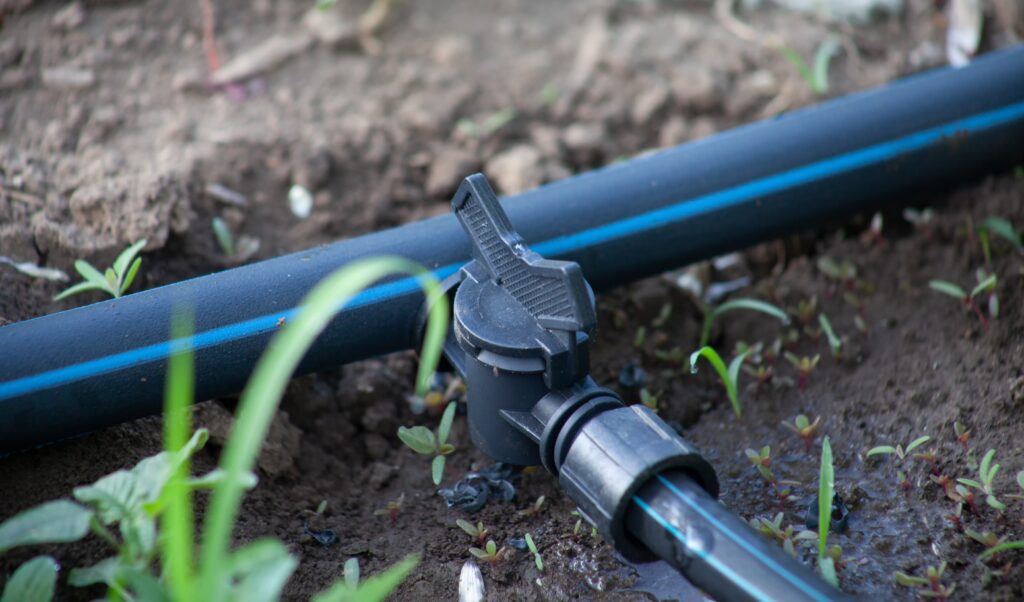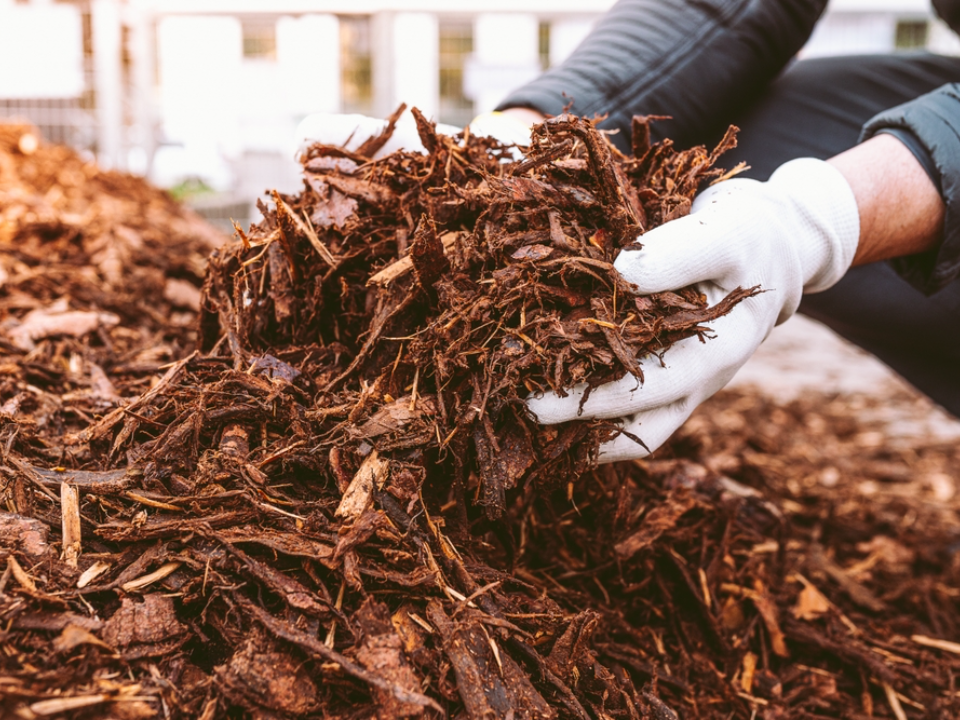11 Smart Ways to Get Your Yard Ready for Winter
Winter can be tough on your yard, but a little preparation can go a long way. Now is the time to get your garden, lawn, and outdoor spaces ready for the chilly weather. By tackling some basic tasks, you can protect your plants and make sure your yard is set up for a fresh start next spring.
This post may contain affiliate links, which helps keep this content free. Please read our disclosure for more info.
Rake Leaves and Debris

Raking up fallen leaves and debris is one of the first steps in preparing your yard for winter. This simple task prevents leaves from smothering your lawn and promotes healthier grass when spring arrives. It also prevents the buildup of mold or fungus that could affect your garden beds. A clean yard helps ensure that you are starting with a fresh slate when the warmer weather returns.
In addition to raking, consider composting the leaves if you have the space. Composting is an eco-friendly way to recycle the material, providing you with rich soil to use in your garden. If you do not have time to compost, consider using the leaves as mulch around trees and shrubs. This helps to insulate the roots, protecting them from the cold.
Trim Back Plants and Shrubs

Trimming back dead or overgrown plants is essential before winter arrives. This reduces the risk of broken branches during snowstorms and ensures that plants enter the cold months with a healthier structure. Shrubs and perennials that are prone to winter damage should be cut back to prevent them from getting damaged by frost or snow. Regular pruning also helps maintain a tidy, neat appearance in the yard.
When trimming, remember to remove any diseased or damaged parts of the plant. This keeps any potential pests or diseases from lingering over the winter. For flowering plants, wait until after the first frost to trim, as it encourages strong growth in the spring. Use clean, sharp tools for pruning to prevent injury to your plants and ensure clean cuts.
Prepare Your Lawn for Winter

To get your lawn ready for the colder months, make sure to fertilize it with a winterizing fertilizer. This type of fertilizer contains a balanced ratio of nutrients that support root growth and winter hardiness. Aerating the lawn before winter is also helpful as it allows the grass to breathe and absorb nutrients more effectively. Aeration helps to prevent compaction, which can occur from snow and rain during winter.
Raking or mowing the lawn short before the first frost can help prevent thatch buildup. Thatch can trap moisture, making it harder for the grass to survive winter. Watering your lawn one last time before freezing temperatures hit will ensure that the soil retains moisture throughout the cold months. This process will promote a stronger lawn in the spring.
Clean and Store Garden Tools

Cleaning and properly storing your gardening tools is a smart way to prepare for winter. Dirt and rust can build up on tools if they are left uncleaned, leading to damage over time. Use a wire brush to remove any dirt or debris from the blades and handles. Wipe the tools down with an oily rag to prevent rust and ensure they are in good shape for next season.
Store your tools in a dry, sheltered location to protect them from the harsh winter elements. Hanging tools off the ground prevents moisture buildup that could cause rust. If you have wooden handles, make sure to oil them to keep the wood from drying out. This simple step can extend the life of your tools and make sure they are ready when the gardening season starts again.
Winterize Your Irrigation System

Before the first frost, it is essential to winterize your irrigation system to prevent pipes from freezing and bursting. Start by turning off the water supply to the system and draining the pipes. This can often be done with a manual drain valve or by using compressed air to blow out the remaining water. Doing this step helps prevent costly repairs in the spring when you are ready to use the system again.
For systems that use hoses, make sure to disconnect and store them in a dry area. Leaving hoses outside in freezing temperatures can lead to cracks and leaks. If your irrigation system uses backflow preventers, these should also be properly drained and stored. Taking care of these details now will help save time and money in the future.
Protect Outdoor Furniture

Outdoor furniture can take a beating during the winter months, especially if left exposed to harsh weather. To protect it, store cushions and fabric items in a dry, indoor location. For metal or wooden furniture, apply a protective cover or store them in a shed or garage to shield them from snow and ice. This will prevent rust, mold, and fading from the winter elements.
If you do not have indoor storage, consider investing in weather-resistant covers for your furniture. These covers will protect your furniture from snow and rain while preventing damage. Additionally, if your furniture has cushions, make sure to bring them inside before a storm. This simple preparation helps maintain your furniture’s lifespan, making it ready for use once warmer weather returns.
Clean Gutters and Downspouts

Cleaning out your gutters before the snow and rain starts is an essential part of preparing your yard for winter. Leaves, twigs, and other debris can accumulate in gutters, preventing water from flowing freely. When gutters are clogged, water can back up and freeze, causing ice dams that can damage your roof and siding. Clearing gutters ensures that rainwater or melting snow can drain properly.
Use a ladder to safely reach the gutters and remove any debris. You may also want to flush the gutters with water to ensure that they are completely clean and free of blockages. While you are at it, inspect the downspouts to make sure they are free of obstructions. This simple task helps prevent water damage during the winter months.
Mulch Garden Beds

Applying mulch to your garden beds before winter arrives is a smart way to protect your plants. Mulch acts as an insulator, keeping the soil temperature stable and preventing frost from reaching the roots. A thick layer of mulch will also help conserve moisture, especially if you live in a dry region. It can also suppress weeds, giving your plants a better chance to thrive when the growing season returns.
Organic mulch, such as bark, straw, or leaves, breaks down over time, adding nutrients to the soil. Make sure to spread the mulch evenly, creating a layer that is 3 to 4 inches thick. Be cautious not to pile the mulch too high around plant stems or tree trunks, as this could lead to rot. This simple yet effective method ensures that your garden beds are prepared for the cold months ahead.
Prepare Your Compost Bin

Preparing your compost bin for winter is essential to keep your composting process active during the colder months. You may need to reduce the amount of wet material added to the bin to prevent it from freezing. Adding dry leaves or straw can help maintain the right balance of moisture and aeration. Make sure the compost is turned regularly to ensure that it decomposes evenly.
In colder climates, consider insulating your compost bin with straw bales or moving it to a more sheltered location. This helps maintain heat in the compost, which is necessary for decomposition. If you use a tumbler-style bin, rotate it periodically to keep the materials breaking down. Proper winter preparation ensures that your compost will be ready to enrich your garden when spring arrives.
Check Fencing and Gates

Before winter arrives, inspect your fencing and gates for any damage or wear. Look for loose posts, cracked boards, or any areas that could allow wind or snow to cause further damage. Repairing these issues now will save you the trouble of dealing with a damaged fence during the colder months. If your fence is near trees, ensure that no branches are hanging over it that could fall during a winter storm.
Consider applying a fresh coat of wood sealant or paint to wooden fences to help protect them from moisture damage. For metal or vinyl fences, check for rust or cracks and address them before the snow hits. A sturdy, well-maintained fence will not only add to your property’s curb appeal but will also stand up to the harsh winter elements.
Bring in Potted Plants

Bringing potted plants indoors or placing them in a sheltered location is an effective way to protect them from the cold. Many plants, especially tropical varieties, cannot survive freezing temperatures. Moving them inside or to a garage with proper light will help them survive through the winter. Make sure to inspect the plants for pests before moving them indoors to prevent infestations.
If you do not have enough space indoors, consider placing the pots in a sheltered spot outside, like near a south-facing wall. Wrapping the pots with insulation or burlap can help keep the roots warm. During the colder months, check the moisture levels of the plants to avoid overwatering, as the reduced light slows down their growth.
This article originally appeared on Avocadu.
